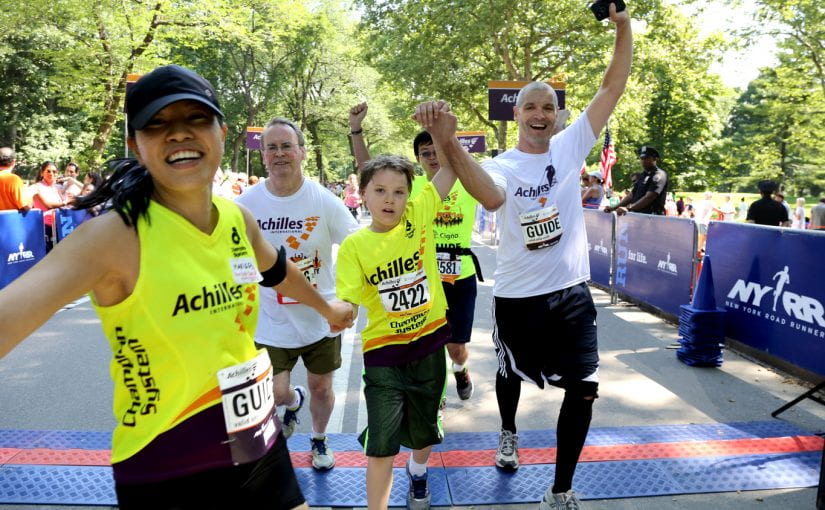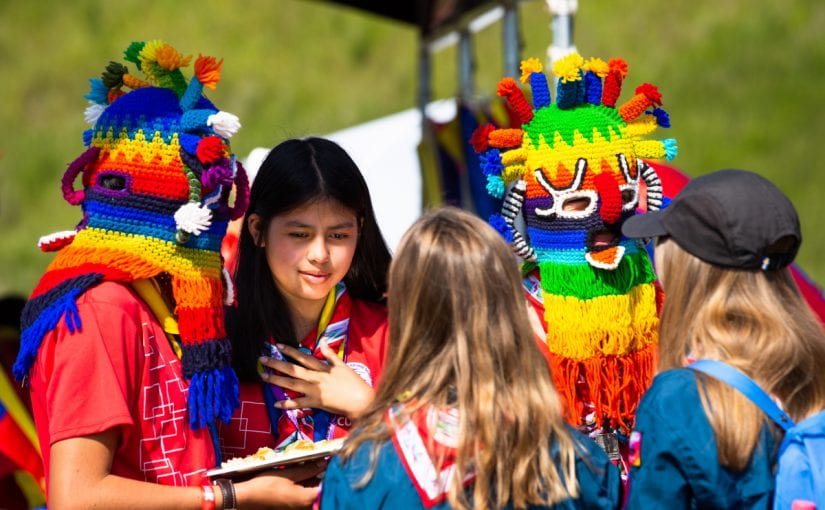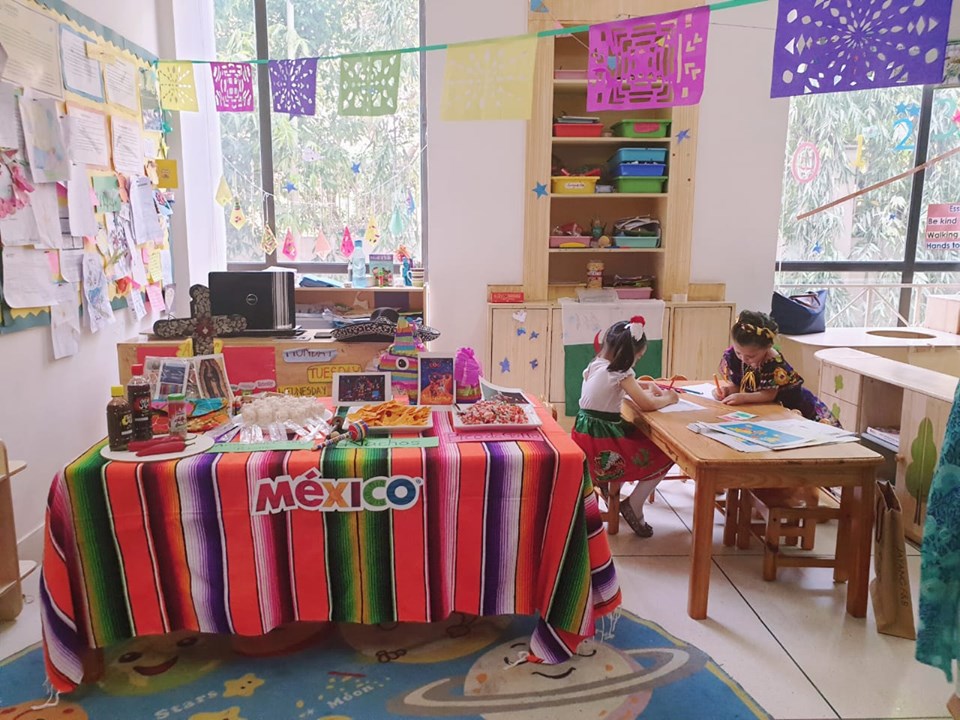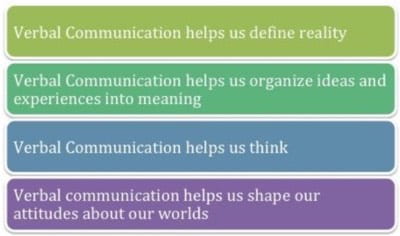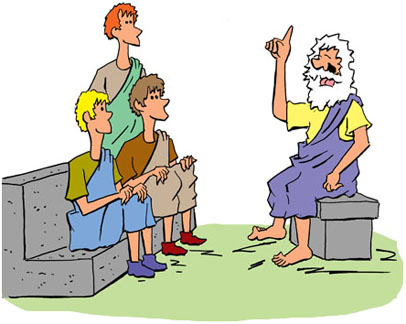From what I have gathered, organizations are collaborations, or functions that involve two or more people that serve to achieve a goal. It is something that you cannot do individually, you have to work together. Organizational communication is the verbal interaction, the sending and receiving of messages, within a particular setting in order to achieve a common goal.
The first example of organizational communication that are to mind was actually my personal experiences volunteering at the Achilles program. The Achilles program is an organization that meets in Central Park a few times a week and assists people with mental and physical disabilities achieve their goal in being able to run and walk, and possibly train for marathons. This organization gives hope and strength to those who struggle with doing activities more than most. The volunteers’ goal is to walk/run/jog with the person we are assigned to and guide them through their activity, giving them encouragement and accommodating them in any way we can. When I volunteered, it took lots and lots of communication. The person I was assigned to and I had to communicate so I could get to know them, understand their strengths and weaknesses, and learn about what accommodations they needed when we would run. This was essential because if I did not communicate properly with them, chances are that they would get hurt while we trained. The overall experience was amazing though because I was able to help people achieve their goals and work towards something they really wanted even though society told them they couldn’t. Most of the people I have trained with ended up running the New York City Marathon and did quite well. I am so proud of them.
